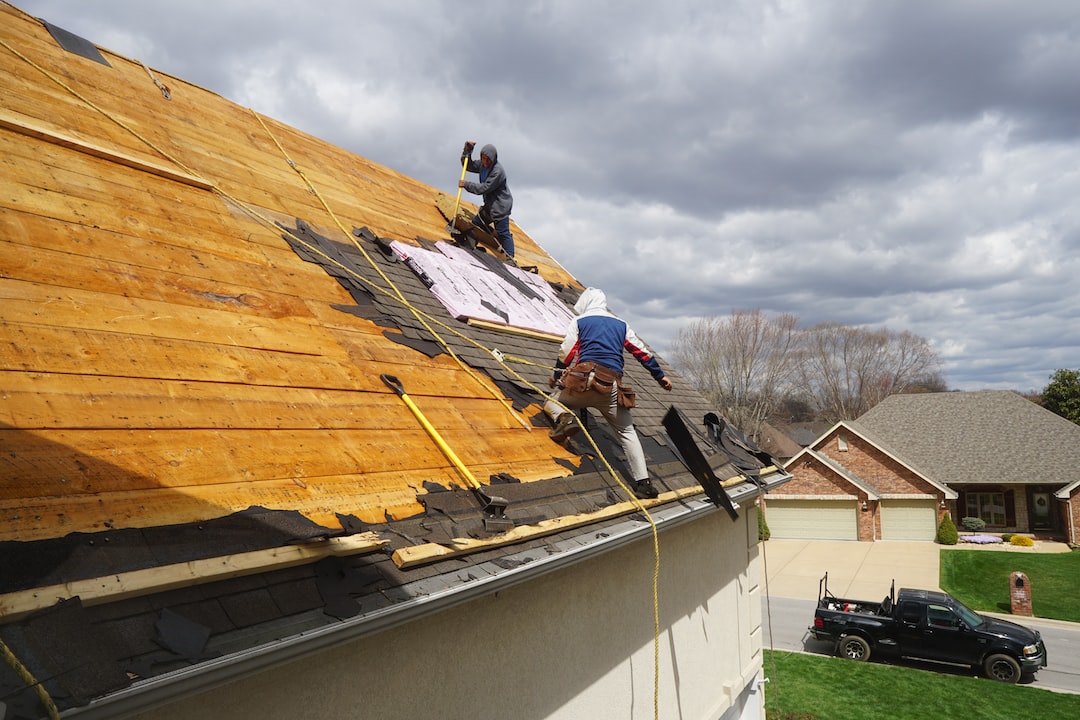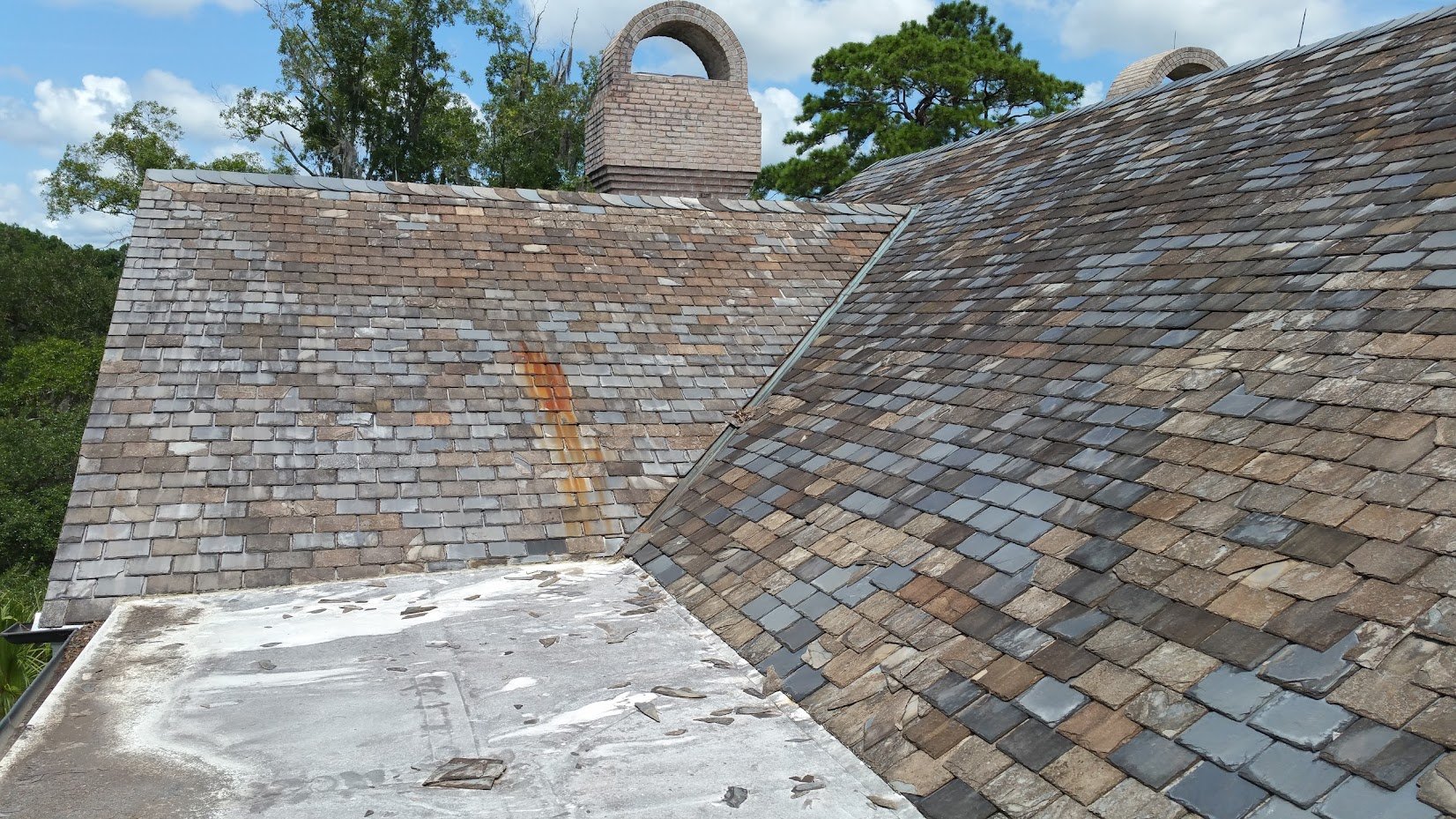Maintaining a secure and functional roof is essential for the safety and integrity of any home. Whether you’re dealing with an aging roof or damage from severe weather, undergoing a roof replacement is a significant investment. Understanding what to expect during this process can alleviate stress and ensure a smooth transition. Here, we’ll walk you through each stage of the roof replacement journey, from initial considerations to post-replacement care.
Initial Considerations Before Roof Replacement Begins
Before embarking on a roof replacement project, several crucial considerations must be addressed. Firstly, understanding the signs indicating the need for a replacement is paramount. If your roof is approaching its lifespan, showing signs of wear and tear, or experiencing leaks, it may be time to consider replacement. Secondly, choosing the right roofing material is essential for longevity and performance. Asphalt shingles, metal roofing, and tiles all offer distinct advantages and drawbacks, so it’s crucial to weigh your options carefully. Thirdly, finding a reliable and experienced roofing contractor is key to a successful project. Look for professionals with a solid reputation, proper licensing, and insurance to ensure quality workmanship and peace of mind. Lastly, budget planning is essential to avoid unexpected costs. Obtaining quotes from multiple contractors and accounting for potential repairs or upgrades can help you set a realistic budget for your roof replacement project.
Preparation Phase
Once you’ve made the decision to proceed with a roof replacement, the preparation phase begins. This stage involves several important steps to ensure a smooth and efficient process. Initially, your chosen contractor will conduct a thorough inspection of your roof to assess its condition and provide a quote for the project. This initial inspection allows the contractor to identify any underlying issues that may need to be addressed during the replacement process. Additionally, obtaining the necessary permits is crucial before work can commence. Your contractor will typically handle the permitting process, ensuring that all legal requirements are met before work begins. As you prepare for the replacement, it’s essential to take steps to minimize disruptions and protect your property. This may involve removing items from the attic, covering landscaping, and making arrangements for parking and access for the roofing crew. Finally, setting a timeline for the project allows you to plan accordingly and minimize inconvenience. Factors such as weather conditions and the size of your roof will influence the duration of the replacement, so it’s essential to discuss expectations with your contractor upfront.
The Roof Replacement Process
With the preparation phase complete, it’s time to begin the roof replacement process. This stage involves several key steps to remove the old roofing materials and install the new roof. Firstly, the removal of the old roofing is necessary to create a clean slate for the new materials. This typically involves stripping away the existing shingles, underlayment, and flashing to expose the roof deck. During this process, your contractor will carefully inspect the roof deck for any signs of damage or decay that may require repairs. Once the roof deck is prepared, the installation of the new roofing materials can begin. The specific installation process will vary depending on the chosen material, but it typically involves laying down a new underlayment, followed by the application of shingles, tiles, or metal panels. Throughout the installation process, your contractor will ensure that each component is properly aligned and secured to provide maximum protection and durability.
Cleanup and Waste Disposal
Once the new roof is installed, the cleanup and waste disposal process begins. This involves removing debris and leftover materials from the job site to ensure a safe and tidy environment. Your contractor will typically use tarps and dumpsters to collect and dispose of waste materials responsibly. Additionally, they will perform a final inspection to ensure that all debris has been removed and that your property is left in pristine condition. Proper cleanup and waste disposal are essential not only for aesthetic reasons but also for safety and compliance with local regulations.
Post-Replacement
After the roof replacement is complete, there are several important steps to take to ensure the longevity and performance of your new roof. Firstly, scheduling a final inspection with your contractor allows them to verify that the installation was completed according to specifications and address any concerns or issues that may arise. Secondly, understanding the warranty coverage for your new roof is crucial for peace of mind. Your contractor will provide documentation outlining the terms and duration of the warranty, as well as any maintenance requirements to keep the warranty valid. Lastly, implementing a regular maintenance routine can help extend the life of your new roof and prevent costly repairs down the line. Simple tasks such as cleaning gutters, inspecting for damage, and addressing any issues promptly can go a long way toward preserving the integrity of your roof.
In conclusion, undergoing a roof replacement is a significant undertaking that requires careful planning and execution. By understanding the process and what to expect at each stage, you can ensure a successful outcome and protect your investment in your home. If you’re considering a roof replacement, don’t hesitate to contact Apex Roofing Pros. With our experience and expertise, we’ll guide you through the process from start to finish, ensuring a smooth and stress-free experience.











